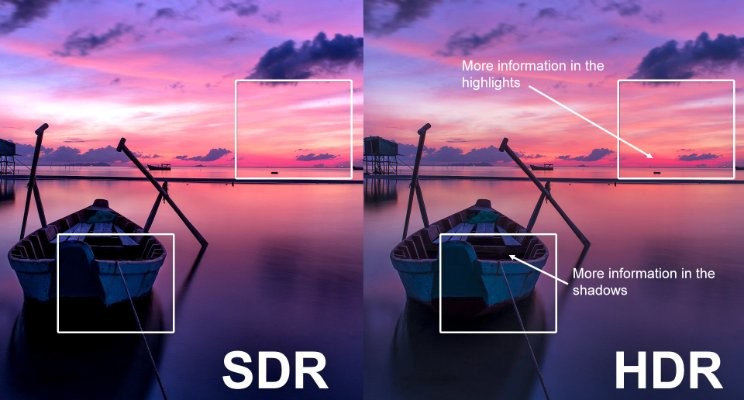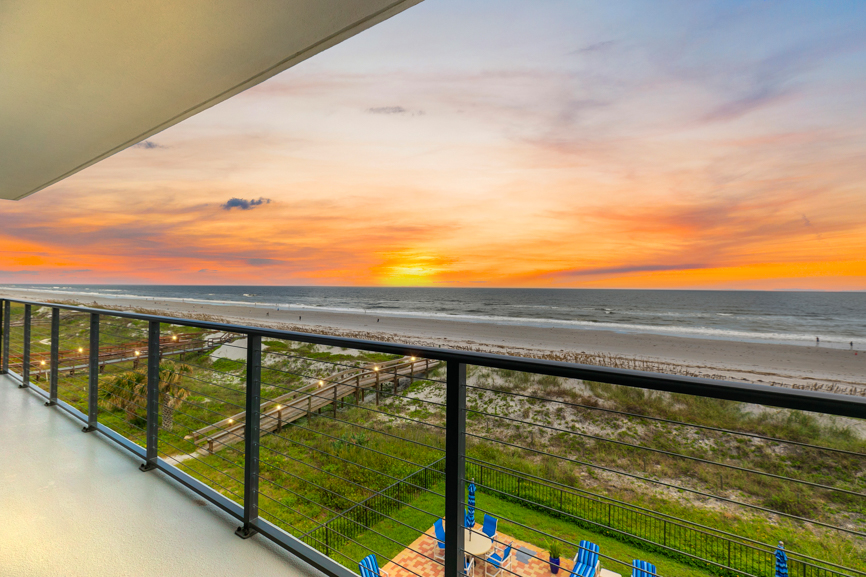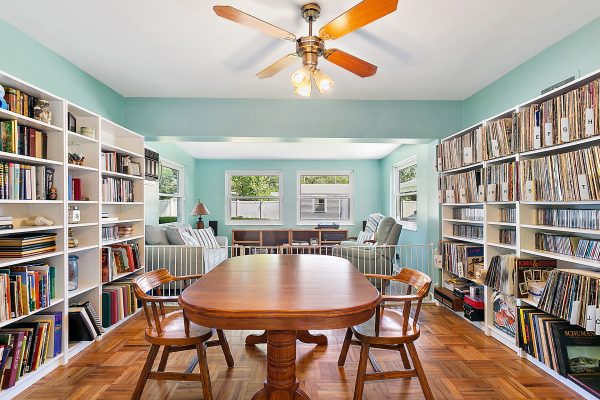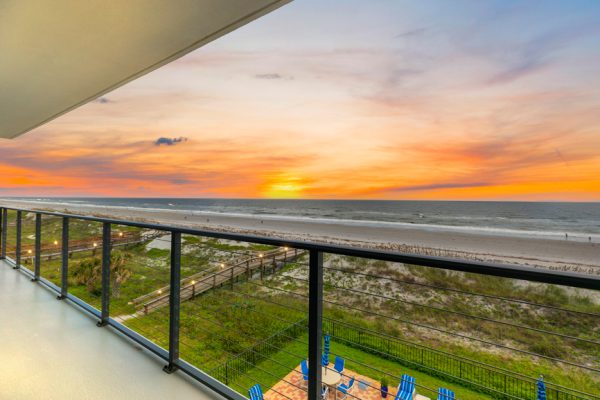Building a career as a real estate photographer requires a combination of technical skills, creativity, marketing savvy, and business acumen. Here’s a comprehensive guide on how to establish and grow your career in this field:
1. Master Your Photography Skills:
Begin by honing your photography skills through practice, experimentation, and continuous learning. Familiarize yourself with the technical aspects of photography, including exposure, composition, lighting, and post-processing techniques. Invest in quality photography equipment, including a digital camera, lenses, tripod, and lighting equipment, to ensure professional-quality results.
2. Understand Real Estate Photography:
Gain a thorough understanding of the specific requirements and expectations of real estate photography. Learn how to capture properties in their best light, highlighting their key features and selling points. Study successful real estate photographs to analyze composition, angles, and lighting techniques commonly used in the industry.

3. Build a Portfolio:
Create a diverse portfolio showcasing your best real estate photography work. Include a variety of property types, such as residential homes, commercial properties, and architectural interiors. Highlight your ability to capture different styles, sizes, and features of properties effectively. Your portfolio will serve as a powerful marketing tool to attract potential clients and showcase your skills.
4. Invest in Professional Development:
Stay updated on the latest trends, techniques, and technologies in real estate photography through workshops, courses, and online tutorials. Attend photography conferences, seminars, and networking events to connect with other professionals in the industry and learn from their experiences. Consider obtaining certifications or accreditations to enhance your credibility and expertise in the field.
5. Develop Your Brand:
Establish a strong brand identity that reflects your unique style, personality, and values as a real estate photographer. Create a professional website showcasing your portfolio, services, pricing, and contact information. Use social media platforms such as Instagram, Facebook, and LinkedIn to share your work, engage with potential clients, and build your online presence.
6. Market Your Services:
Develop a strategic marketing plan to promote your real estate photography services to potential clients. Identify your target market, such as real estate agents, brokers, developers, and homeowners, and tailor your marketing efforts to reach them effectively. Utilize online advertising, email marketing, direct mail campaigns, and networking to generate leads and attract clients.
7. Offer Value-Added Services:
Differentiate yourself from competitors by offering value-added services that go beyond traditional real estate photography. Consider providing additional services such as virtual tours, aerial drone photography, virtual staging, floor plans, and video walkthroughs to enhance the visual appeal of properties and provide added value to your clients.
8. Provide Exceptional Customer Service:
Focus on delivering exceptional customer service to build long-term relationships with clients and generate repeat business. Listen to your clients’ needs, communicate effectively, and strive to exceed their expectations with every project. Be responsive, reliable, and professional in all your interactions, and always deliver high-quality work on time and within budget.

9. Expand Your Network:
Network with professionals in the real estate industry, including real estate agents, brokers, developers, architects, and interior designers. Attend industry events, join professional associations, and participate in local business groups to expand your network and build mutually beneficial relationships. Referrals and word-of-mouth recommendations can be powerful sources of new business in the real estate photography industry.
10. Continuously Improve and Adapt:
Stay flexible and adaptable in response to changes in the real estate market, industry trends, and client preferences. Continuously seek feedback from clients, learn from your experiences, and identify areas for improvement in your photography skills, services, and business practices. Stay open to new opportunities, challenges, and innovations that can help you grow and evolve as a real estate photographer.
Table of Contents
ToggleWhat is the Best Camera for Real Estate Photographer?
Selecting the best camera for real estate photographer depends on various factors such as budget, personal preferences, and specific requirements. However, there are several key features to consider when choosing a camera for this purpose:
1. Full-frame Sensor: Cameras with full-frame sensors typically perform better in low-light conditions and offer superior image quality, dynamic range, and detail compared to cameras with smaller sensors. They are well-suited for capturing interior shots of properties with varying lighting conditions.
2. High Megapixel Count: A camera with a high megapixel count allows for capturing detailed images with sharpness and clarity, which is essential for showcasing property features and architectural details. Look for cameras with at least 20 megapixels or higher for optimal image quality.
3. Wide Dynamic Range: A wide dynamic range is crucial for real estate photography, as it enables capturing both bright highlights and dark shadows accurately without losing detail. Cameras with good dynamic range produce well-balanced images with rich tones and accurate colors.
4. Interchangeable Lenses: Opt for a camera system with interchangeable lenses, such as a DSLR or mirrorless camera, to have the flexibility to use different focal lengths and lens types for various shooting situations. Wide-angle lenses are particularly useful for capturing expansive interior spaces, while tilt-shift lenses can correct perspective distortion in architectural photography.
5. Tethering Capabilities: Tethering allows you to connect your camera directly to a computer or mobile device for real-time image preview and control, making it easier to adjust camera settings and composition while shooting. Cameras with built-in Wi-Fi or Bluetooth connectivity offer convenient tethering options for real estate photography.
6. Low-Light Performance: Real estate photography often involves shooting in dimly lit interiors or during twilight hours, so a camera with good low-light performance is essential. Look for cameras with high ISO capabilities and minimal noise at higher ISO settings to ensure quality results in challenging lighting conditions.
7. Video Capabilities: If you plan to offer video walkthroughs or virtual tours as part of your real estate photography services, consider a camera with advanced video capabilities, such as 4K resolution, image stabilization, and manual exposure control for smooth and professional-looking footage.
8. Articulating Screen: An articulating or tilting LCD screen allows you to compose shots from high or low angles more easily, especially when photographing interior spaces or capturing shots from unconventional perspectives. It also facilitates shooting in tight spaces or awkward positions without having to contort yourself.
9. Weather-Sealed Body: Weather-sealed cameras offer protection against dust, moisture, and harsh environmental conditions, making them suitable for outdoor real estate photography in various weather conditions. A weather-sealed camera body provides peace of mind when shooting in unpredictable outdoor settings.
10. Battery Life and Durability: Consider the battery life and overall durability of the camera, especially if you’ll be shooting for extended periods or in rugged environments. Look for cameras with long-lasting batteries and robust construction to withstand the demands of professional real estate photography.
Some popular camera options for real estate photography include:
- Canon EOS 5D Mark IV
- Nikon D850
- Sony Alpha a7 III
- Fujifilm X-T4
- Panasonic Lumix GH5
Ultimately, the best camera for real estate photography is one that meets your specific needs, preferences, and budget while delivering high-quality results consistently. It’s essential to thoroughly research and test different camera options to find the perfect fit for your real estate photography business.
Conclusion
By following these steps and committing to continuous learning, professionalism, and client satisfaction, you can build a successful and rewarding career as a real estate photographer. With dedication, passion, and perseverance, you can turn your love of photography into a thriving business in the dynamic and competitive real estate industry.
Contact us now:
- Website: https://kolorheaven.com
- Fanpage: https://www.facebook.com/Kolorheaven.services
- Phone: 089 977 91 11
- Email: kolorheaven@cskolorheaven.com
- Work office: 22 TT1 – Tu Hiep auction site, Thanh Tri, Hanoi.
- Designing office: Block TT 56-57, Tran Thu Do road, Ngu Hiep, Thanh Tri, Hanoi, Vietnam









